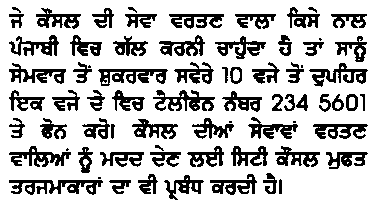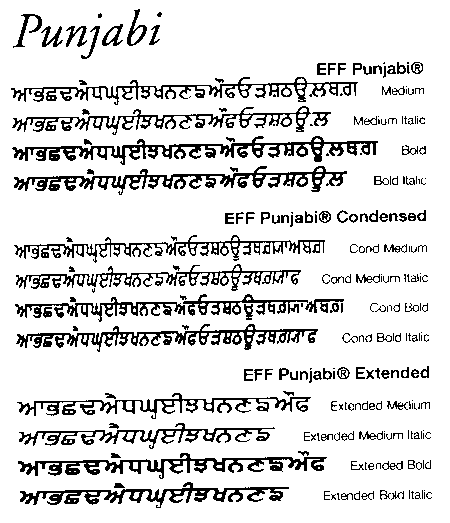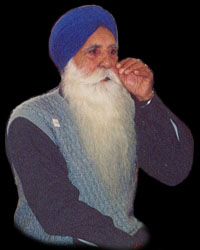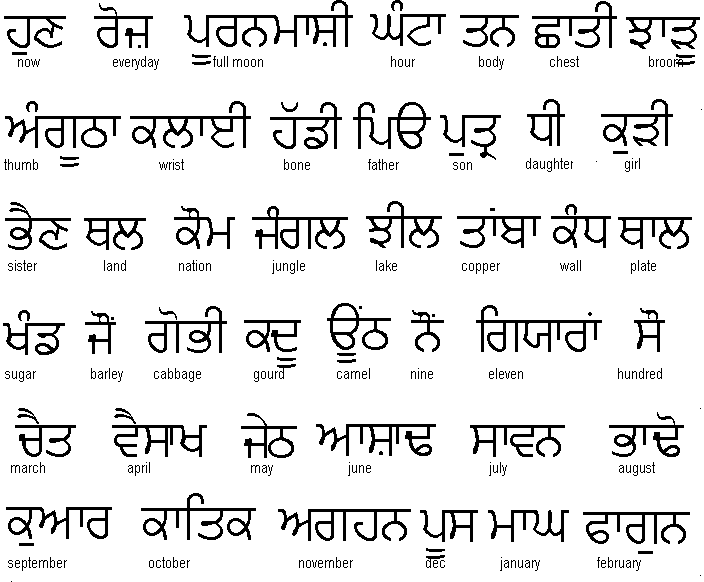


|
|
|
|
The single most important factor in the healthcare status of the Punjabi-speaking, Indo-Canadian Sikh is the language barrier. Over the last century Canada has experienced a massive influx of people from South Asia. A great number of those immigrants have come from the region of Punjab, India. These people come for a variety of different reasons; however, it is predominantly to build a better life for themselves and their families. The literature confirms that there is a growing problem in our health care facilities of a lack of communication with certain clients because of language barriers. �An inability to speak English is regarded as an obstacle to both primary and emergency health services� (Hampers et al., 1999, . 3). There was a time when nurses, physicians and other health care workers could have expected to speak the same language and be of the same cultural background as most if not all of their patients (Jones & Gill, 1998). This is not the case anymore because the twentieth century was marked by the mass migration of people from all different parts of the world. People leave their home country for a variety of reasons, most often though it is in search of a better or safer life for their children and themselves (Waxler-Morrison et al., 1990; Cookson, Carballo, Nolan, Keystone & Jong, 2001; Jones & Gill, 1998). Once these people settle in a new area, they usually have many obstacles to overcome in order to establish themselves. They need to find a place to live, a place to work and establish social support systems. Finding groups of their same cultural background is important to them to help them share and learn from each other�s experiences. Not being able to speak the language is usually the greatest barrier to them accessing and receiving adequate health care (Hampers et al., 1999; Orr, 1996). Many of these people �have been disappointed by the realties of life in Canada� (Waxler-Morrison et al., 1990). When disease or illness strikes, on top of all of the other constraints, it can make life very difficult for these individuals and their families (Waxler-Morrison et al., 1990). Using professional interpreters is currently the most reliable way of overcoming languages barriers. However, professional interpretation services are costly and may not always be readily available especially in times of emergency. Many other �ad hoc forms of interpretation, including nursing or clerical staff, family friends, or even other individuals present in the waiting room� (Hampers et al. 1999, . 28) are often used. In many cases the individual�s children are used and while at times of extreme emergency there may be no other choice, it is the least preferable practice to use children, followed closely by other family members, as translators (Orr, 1996). Imagine a young child having to ask their parent very intimate and personal questions or the shock of having to ask their parent �Do you have thoughts of harming yourself?� (Dwyer, 2001). It becomes obvious that children should not be used as interpreters yet the practice continues. Family members are equally unsuitable for use as interpreters because the patient very often feels uncomfortable answering with complete frankness to many questions under such circumstances. People from ethnic minorities also have difficulties accessing health care due to the language barrier (Waxler-Morrison et al., 1990). Many times they feel alienated because they are different (Waxler-Morrison et al., 1990). They may have different past experiences with the health care they have received in other countries and may feel uncomfortable and unfamiliar with our Western health care system. When they do access the health care system they often �find hospital personnel lacking in compassion and understanding� (Waxler-Morrison et al., 1990, p.251). They also do not know about many of the services that exist due in part to their language barrier. Or if they are aware of the services, they may be reluctant to access them because of the language barrier.

|


